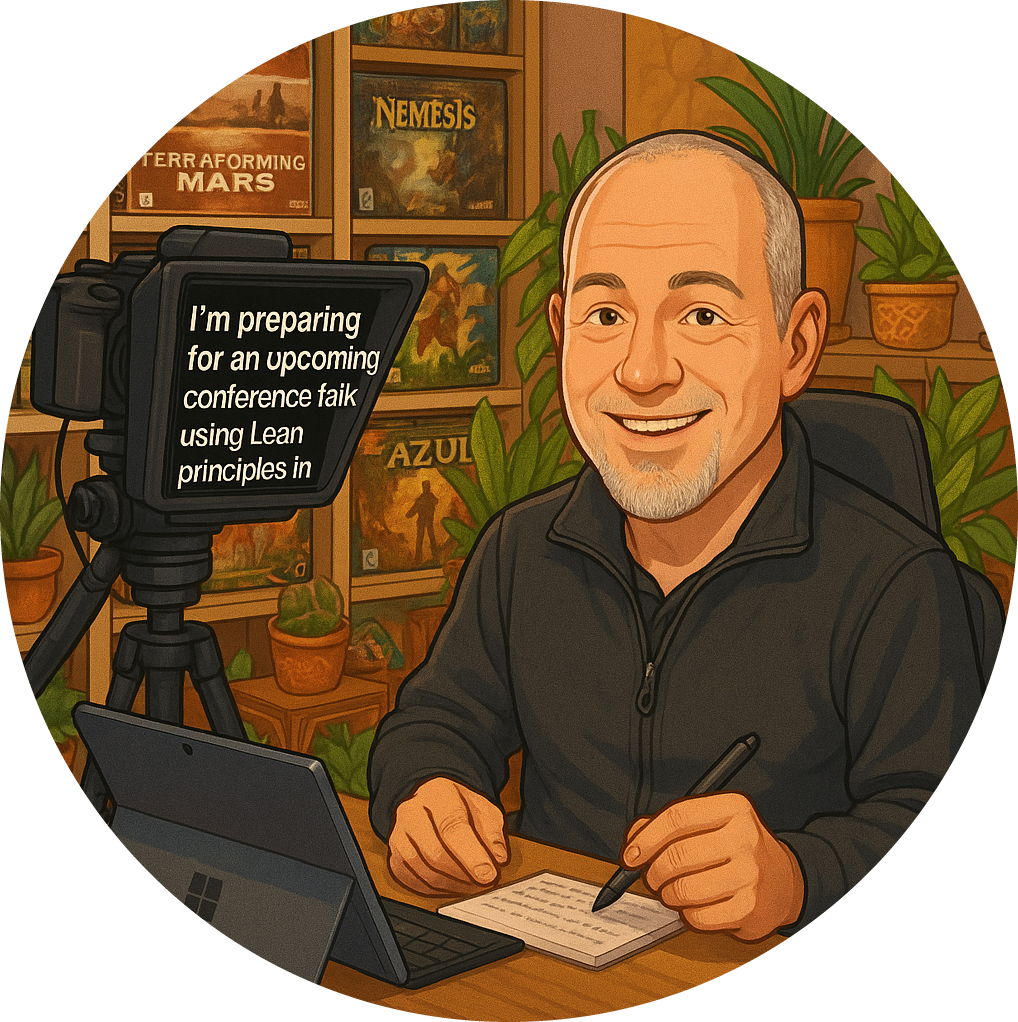When I walk into organisations wrestling with legacy systems, I see the same story play out time and again. There’s a desire to move faster, to be more responsive, to scale with confidence, but the weight of decades-old decisions drags everything down. These decisions, made with the best intentions and the knowledge available at the time, have become anchors. The risk of change feels insurmountable, and so inertia sets in.
But here’s the thing: you don’t have to live with that pain. You don’t have to accept that legacy means slow, brittle, or unchangeable. The answer, in my experience, is DevOps.
Why DevOps is the Key to Legacy Modernisation
DevOps isn’t just a buzzword or a set of tools. It’s a way of working that fundamentally changes your relationship with your systems. When you introduce DevOps practices, automation, continuous integration and deployment, and systemwide observability, you create an environment where change is not only possible, but safe and routine.
Let’s break that down:
- Automation: By automating repetitive, error-prone tasks, you reduce the risk of human error and free up your team to focus on real improvements.
- Continuous Integration & Deployment (CI/CD): This shortens feedback loops, so you know quickly if something breaks. It also means you can deliver value to your users more frequently, rather than waiting for a big-bang release.
- Observability: With the right monitoring and insights, you can see how your system behaves in real time. This makes it easier to spot issues before they become outages, and to understand the impact of changes.
These practices don’t just make your systems faster and more scalable, they make them easier to change. And that’s the real goal. The cost of change drops, and improvements become a continuous part of your workflow, not something reserved for the next major rewrite (which, let’s be honest, rarely happens as planned).
It’s Not About Throwing Everything Away
One of the biggest misconceptions I encounter is the idea that modernising a legacy system means starting from scratch. That’s rarely the right answer. Instead, it’s about making smarter decisions at the system level:
- Identify where work slows down or gets stuck.
- Remove friction so teams can deliver improvements without disrupting business operations.
- Make change a natural, everyday part of how you work.
This is where my approach differs from the “consultant as hero” model. I’m not here to swoop in and fix your systems for you. My role is to help you understand your systems, where the bottlenecks are, what’s holding you back, and how to create an environment where your teams can deliver real, sustainable improvements.
Making Legacy Modernisation a Reality
Modernising legacy systems is hard work. It takes courage to challenge the status quo and discipline to build new habits. But with the right practices, it’s absolutely achievable. I’ve seen organisations transform their ability to deliver, not by rewriting everything, but by embracing DevOps and making change part of their DNA.
If you’re ready to make legacy modernisation a reality, if you want to move faster, scale with confidence, and make your systems work for you, not against you, let’s have a conversation. The first step is always understanding where you are, and where you want to go. From there, we can chart a path forward together.
























